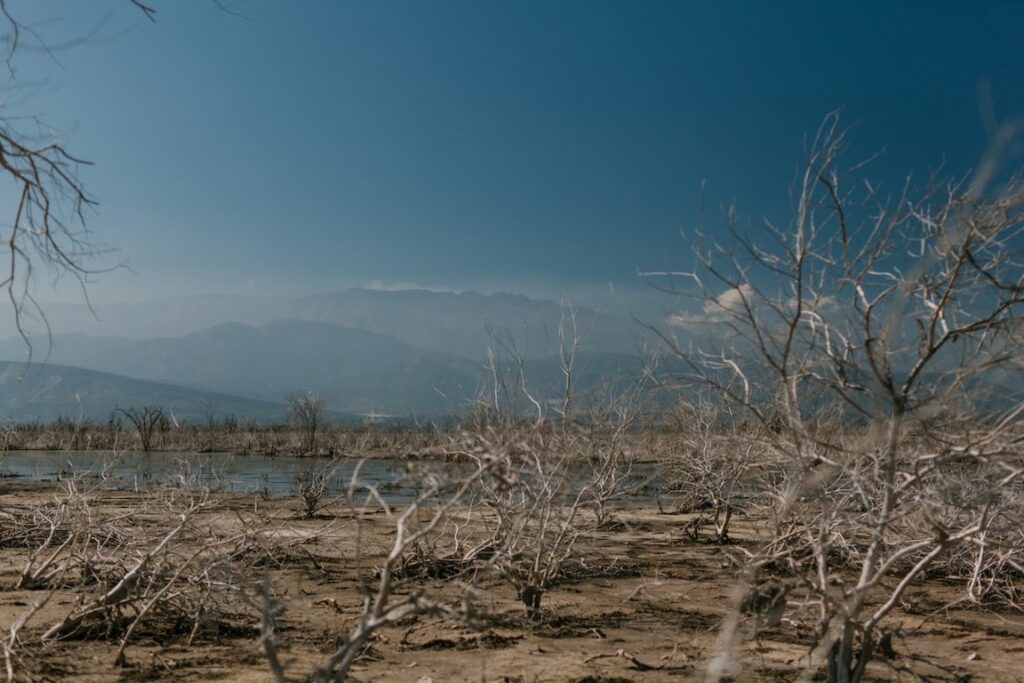Acid rain is a local environment pollution that is created when pollutants mix with the rain. The pollutants can come from factories, power plants, and cars. The pollutants create a chemical reaction that makes the rain more acidic than normal. Acid rain can damage trees, buildings, and aquatic life. It can also cause respiratory problems in humans.
Acid rain is a form of pollution that is caused when certain chemicals are released into the air and then carried by the wind until they eventually fall back down to earth in the form of rain or snow.
How is acid rain created?
Acid rain is a type of pollution that can have harmful effects on the environment. Acid rain is created when emissions from power plants and factories combine with moisture in the air to create an acidic solution. The most common cause of acid rain is the burning of fossil fuels such as coal and oil. When these fuels are burned, they release sulfur dioxide and nitrogen oxides into the atmosphere. These gases then react with water vapor in the air to form sulfuric acid and nitric acid. The acids then fall back down to earth in the form of precipitation. This solution then falls to the ground in the form of rain, snow, or sleet.
The harmful effects of acid rain include damage to plants, animals, and buildings. Acid rain can cause leaves to lose their color and fall off of trees, it can kill fish and other aquatic creatures, and it can erode stone and metal surfaces.
The effects of acid rain on the environment
Acid rain has been shown to have a profound effect on the environment. In general, it is thought to speed up the decomposition of organic matter and increase the release of harmful compounds into the air and water. Additionally, it can damage plants and animals, lowering biodiversity and disrupting food chains.
The most direct way that acid rain affects organisms is through contact. When acid rain falls on an organism, it can strip away protective coatings or directly poison cells. This can lead to serious health problems and even death. Acid rain also affects organisms indirectly by contaminating their food and water sources. In addition to its effects on organisms, acid rain also harms ecosystems. It can break down rocks and soil, releasing heavy metals and other pollutants into the environment. This can contaminate groundwater supplies and make it difficult for plants to grow.

The effects of acid rain on humans
Acid rain is a form of precipitation that is high in acidity. It can be damaging to humans, plants, and animals. The effects of acid rain on humans can include irritation to the skin and respiratory system, as well as damage to buildings and other structures. Acid rain can also lead to decreased visibility and difficulty breathing. Plants and animals are also affected by acid rain, which can cause them to lose nutrients from their leaves and soil. Acid rain is a type of precipitation that is unusually acidic, meaning that it has a lower pH level than normal. This can be caused by various pollutants in the air, including sulfur dioxide and nitrogen oxides. Acid rain can have harmful effects on the environment, including damaging vegetation and causing soil erosion. It can also cause respiratory problems in humans. Despite its name, acid rain can also occur in the form of snow, sleet, or fog.

Can anything be done to reduce acid rain?
Acid rain is a problem for the environment and for public health. It is caused by emissions of sulfur dioxide and nitrogen oxides, which react with the atmosphere to form sulfuric and nitric acids. These acids fall to the earth in rain, snow, or dry particles.
There are a number of things that can be done to reduce acid rain. Emissions of sulfur dioxide and nitrogen oxides can be reduced by using cleaner-burning fuels, such as natural gas, and by installing scrubbers on smokestacks to remove these pollutants before they enter the atmosphere. Acid-producing industries can also take steps to reduce their emissions. An important way to prevent acid rain is to reduce the amount of sulfur dioxide and nitrogen oxides that are put into the air. These pollutants come from many sources, including power plants, factories, vehicles, and even some household appliances.
There are steps that can be taken to reduce the amount of acid rain that is created. Reducing emissions from power plants and factories is one way to help reduce acid rain. Another way to help reduce acid rain is by planting trees and shrubs.
Conclusion
Acid rain is a form of air pollution that occurs when emissions from factories and power plants combine with moisture in the atmosphere to form acids. These acids then fall to the ground, where they can damage plants, animals, and infrastructure.
While acid rain is a global problem, it is especially harmful to local environments. This is because acid rain can cause long-term damage to ecosystems, making them less able to support plant and animal life. In addition, acid rain can also damage buildings and other structures.

